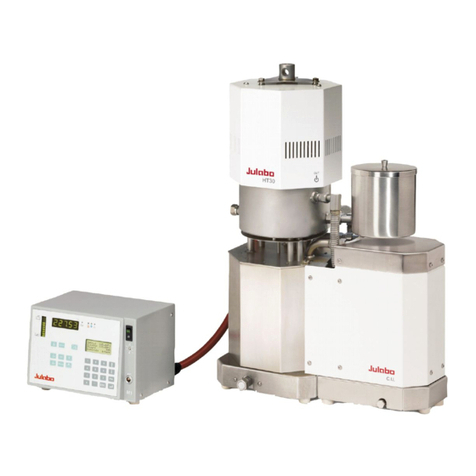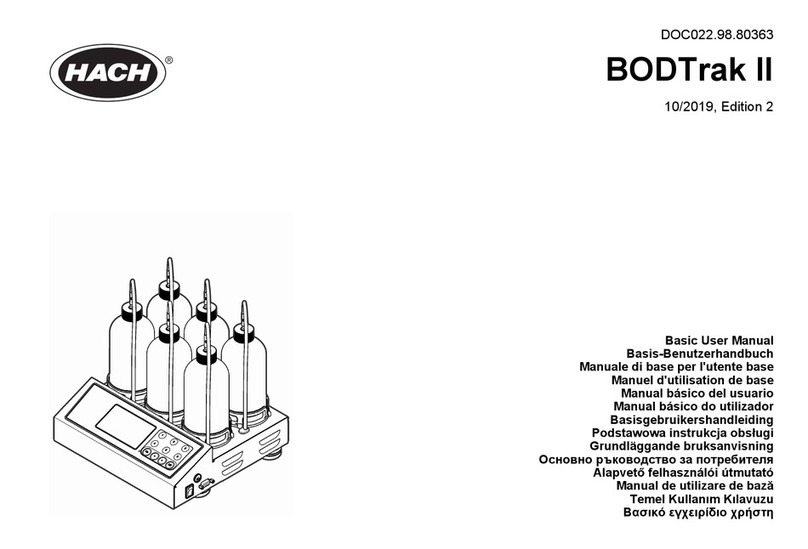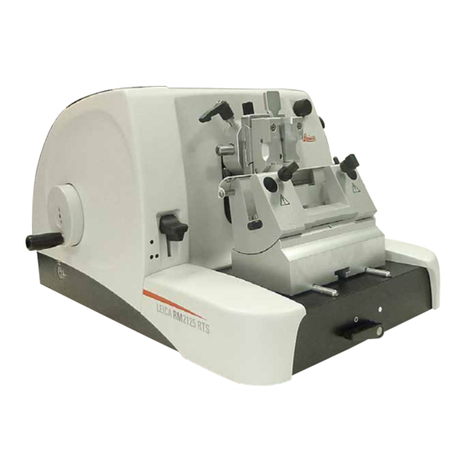SKC 520 Series User manual
Other SKC Laboratory Equipment manuals

SKC
SKC ULTRA 690-105 User manual
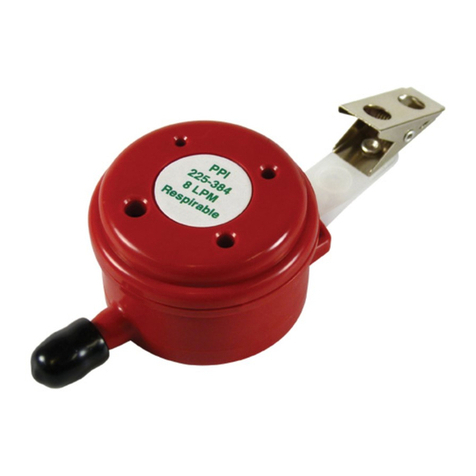
SKC
SKC Preloaded Disposable Parallel Particle... User manual
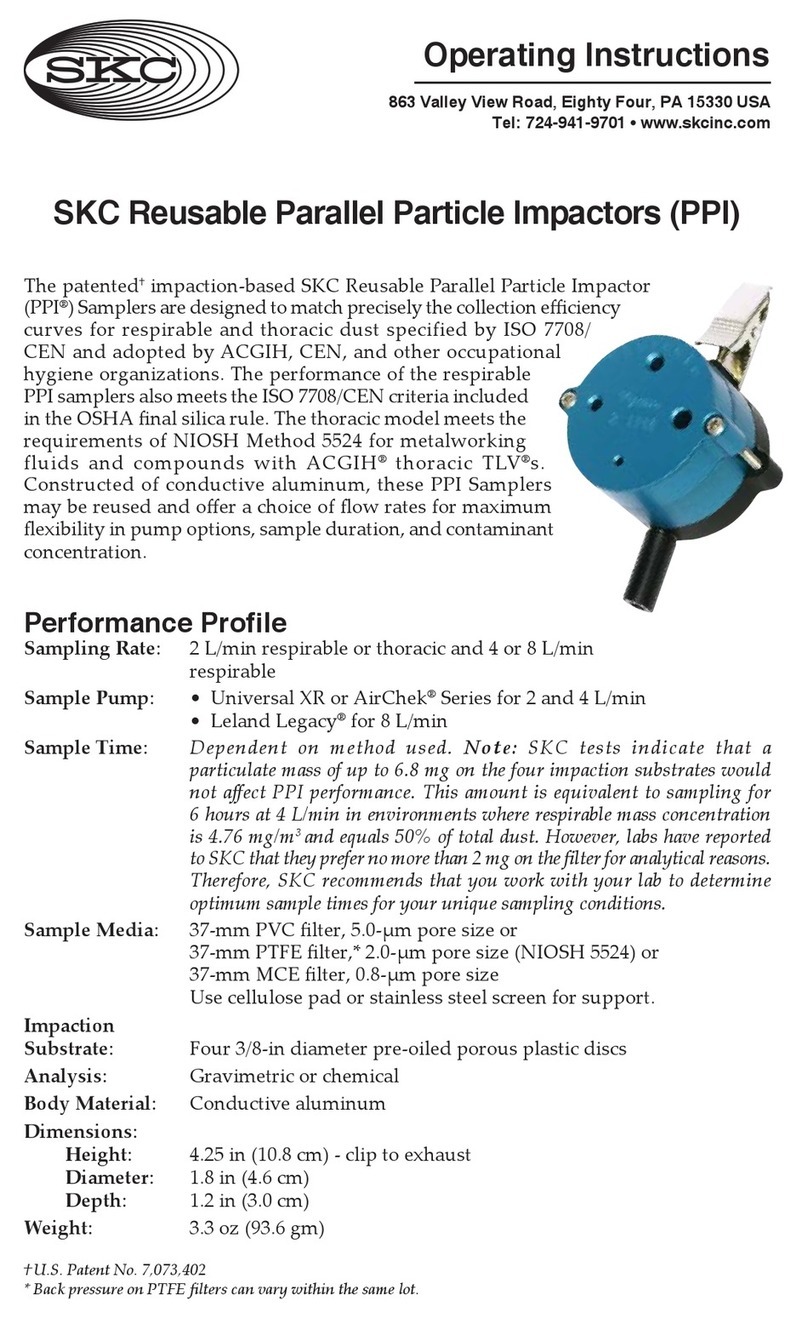
SKC
SKC Reusable Parallel Particle Impactor User manual

SKC
SKC ULTRA 690-101 User manual
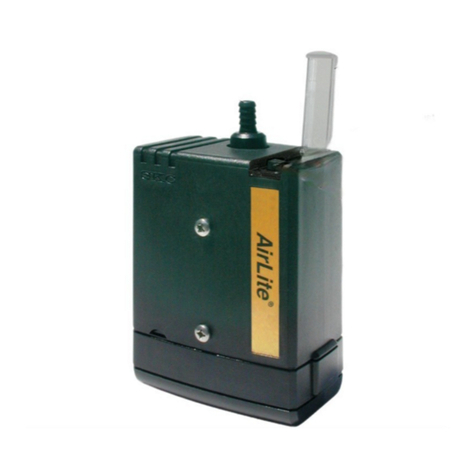
SKC
SKC AirLite Sample Pump User manual
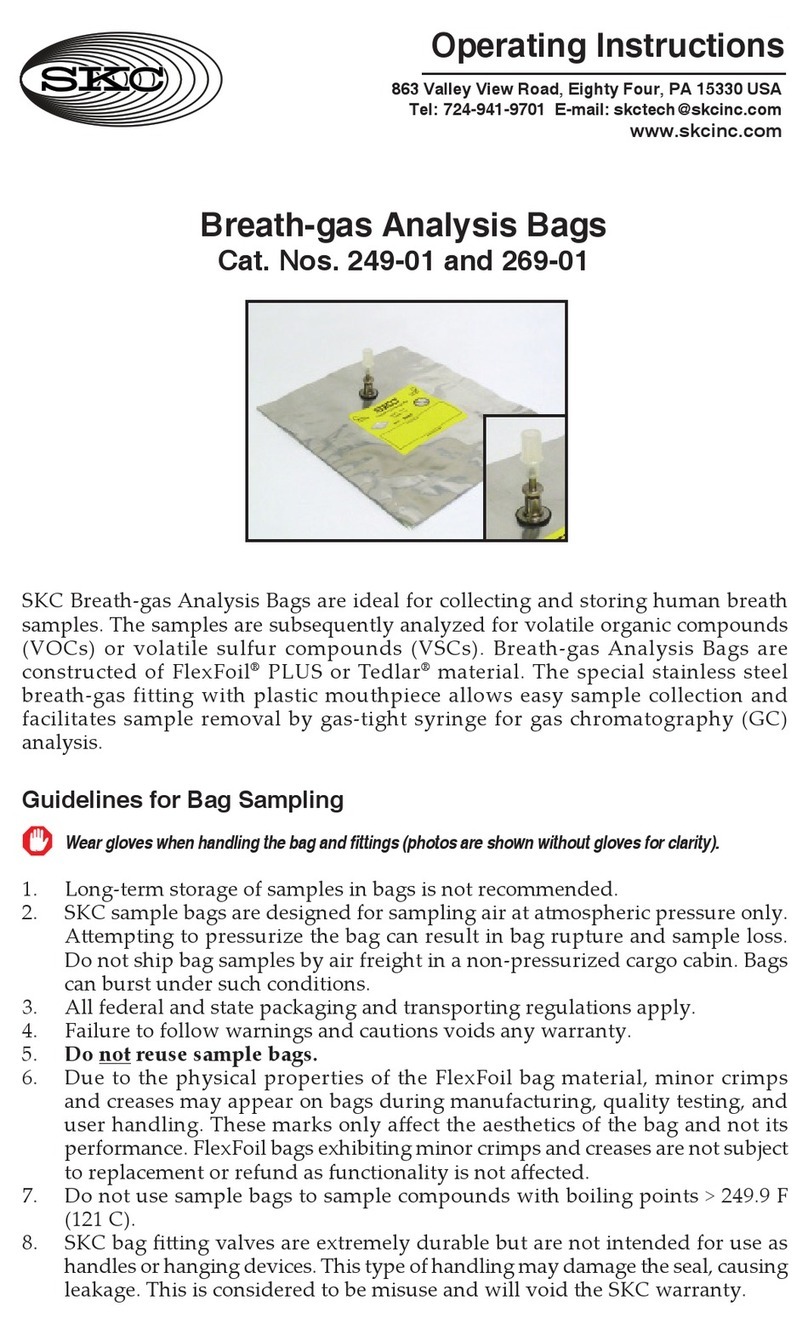
SKC
SKC 249-01 User manual
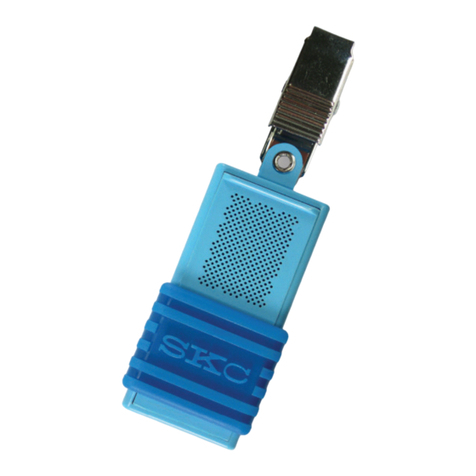
SKC
SKC ULTRA 690-105-NB User manual
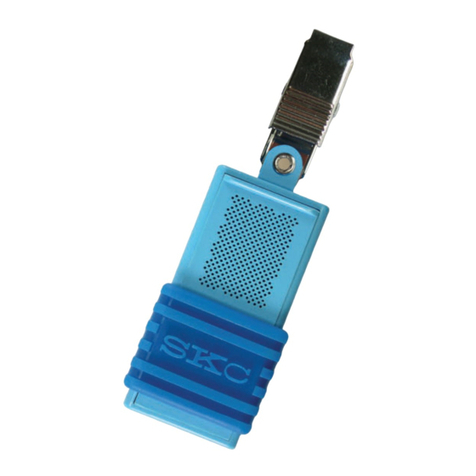
SKC
SKC ULTRA 690-101-NB User manual
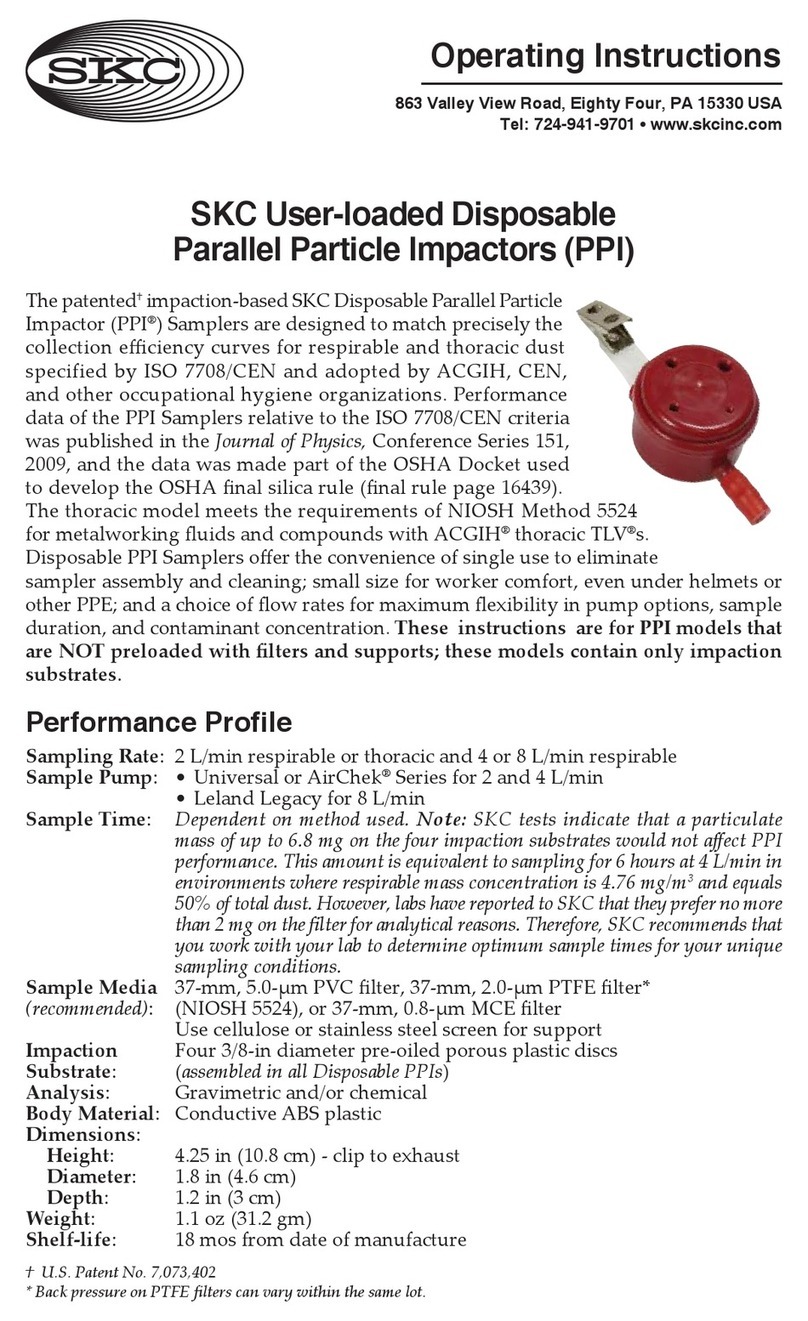
SKC
SKC Disposable Parallel Particle Impactor User manual
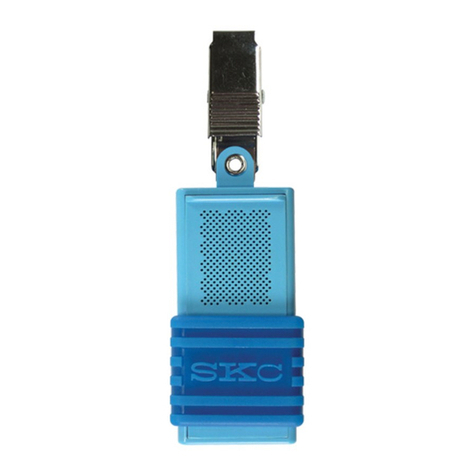
SKC
SKC ULTRA 690-200 User manual

SKC
SKC biosampler 225-9595 User manual

SKC
SKC 590-400 User manual
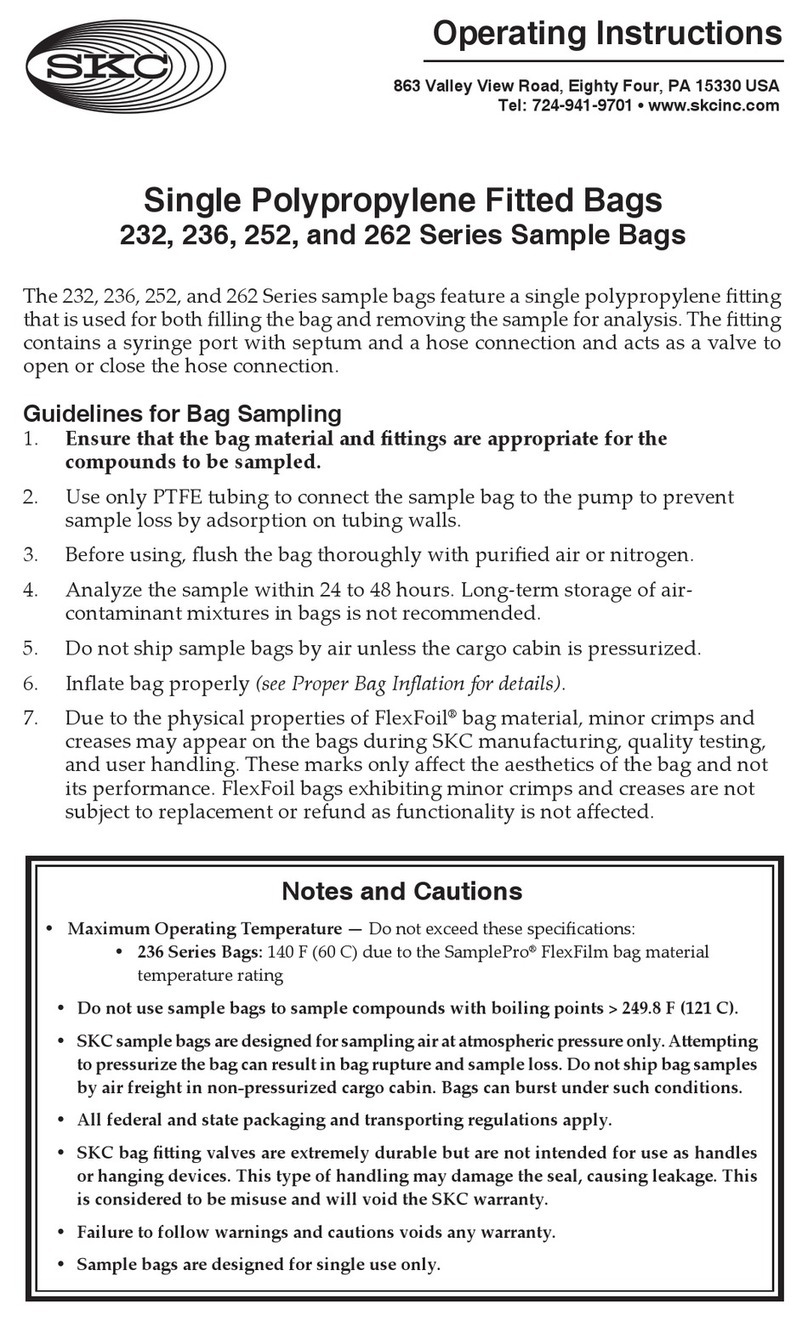
SKC
SKC 232 Series User manual
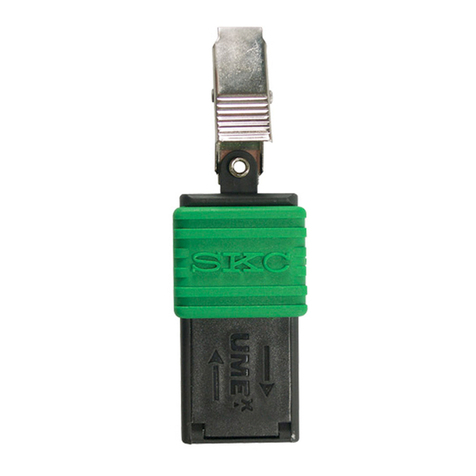
SKC
SKC UMEX-100 User manual
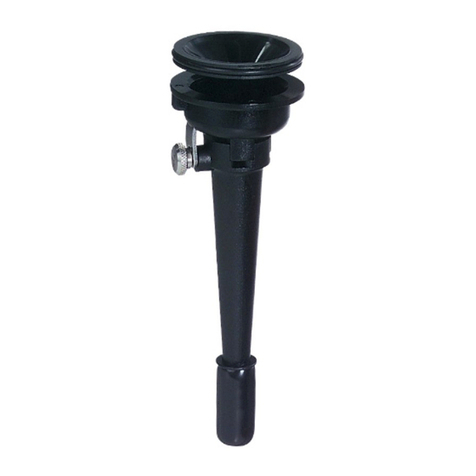
SKC
SKC GS-3 Cyclone User manual

SKC
SKC 231 Series User manual
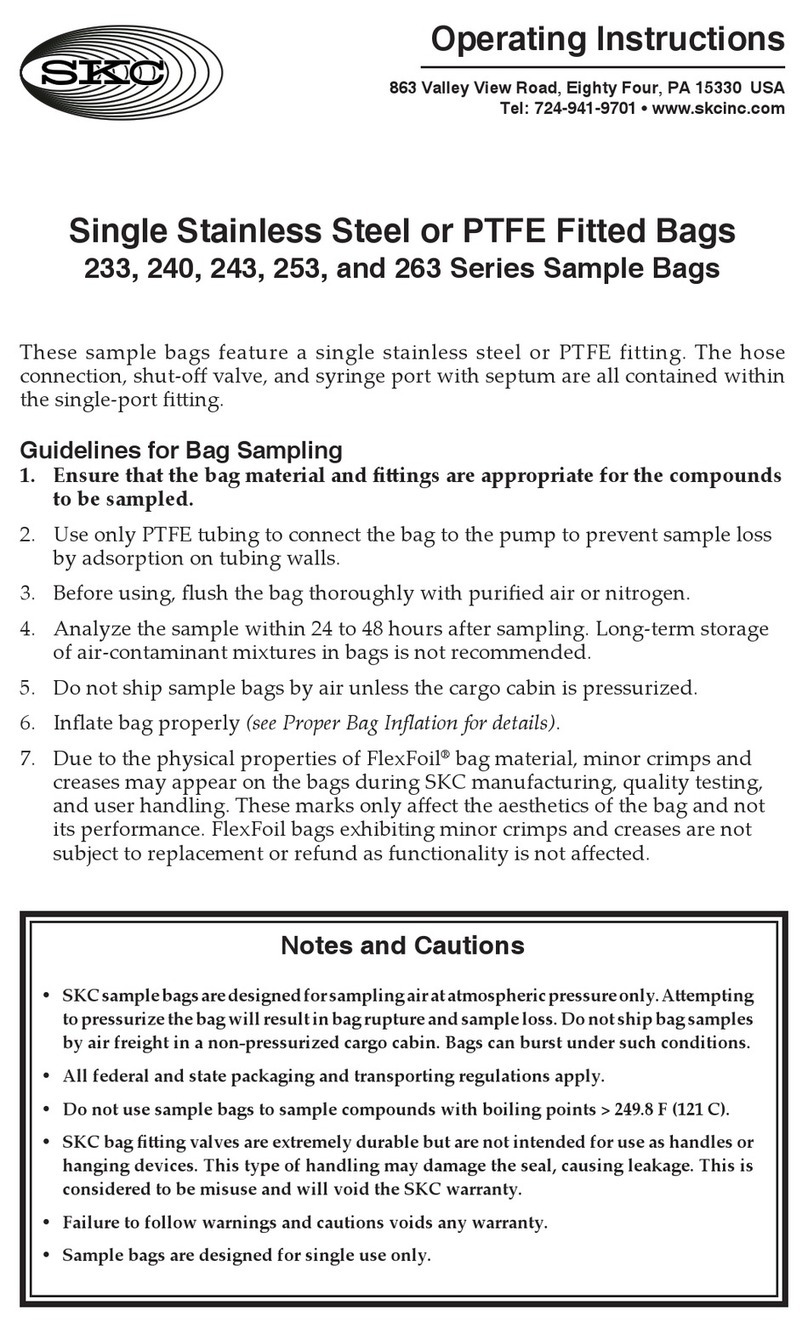
SKC
SKC 233 Series User manual

SKC
SKC Quick Take 30 User manual
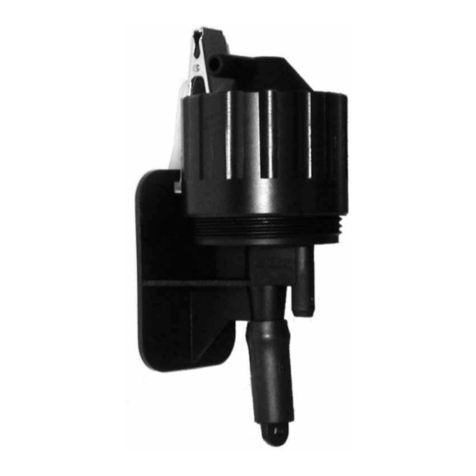
SKC
SKC 225-68 User manual
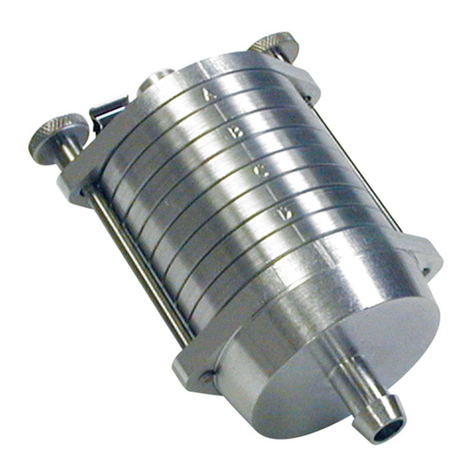
SKC
SKC Sioutas Cascade Impactor User manual
Popular Laboratory Equipment manuals by other brands
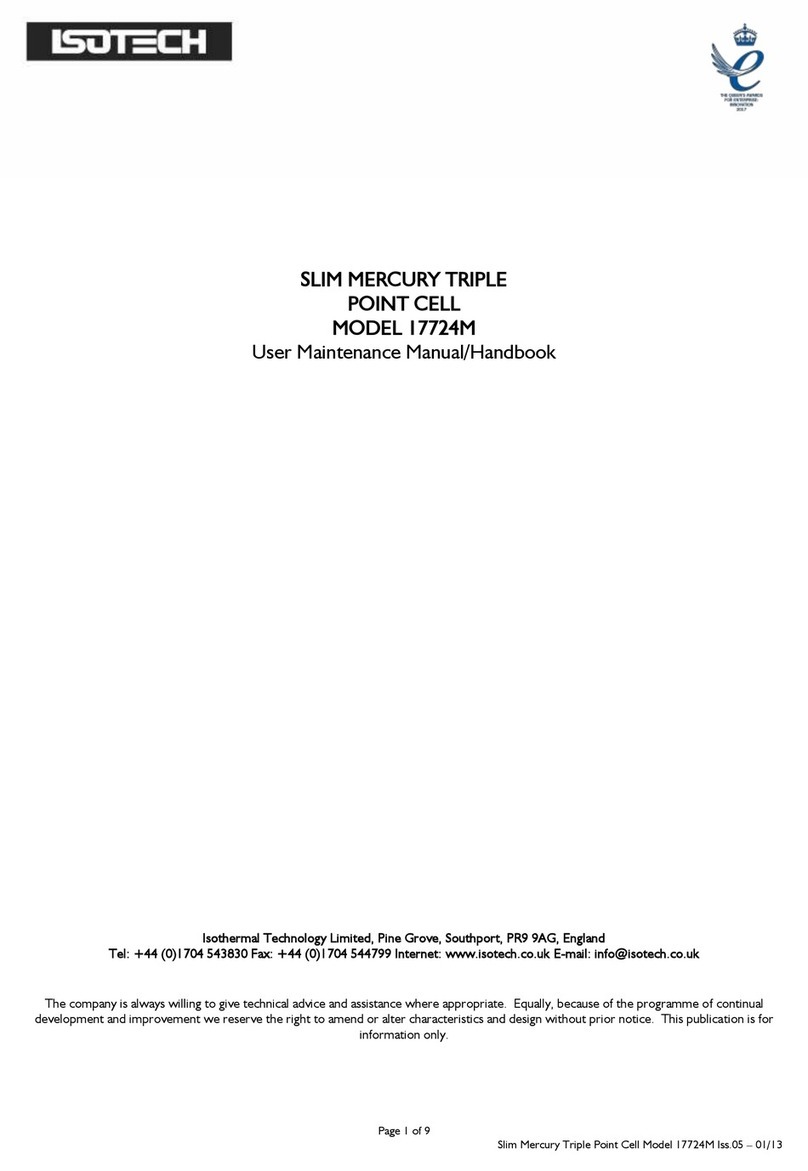
Isotech
Isotech 17724M User maintenance manual/handbook
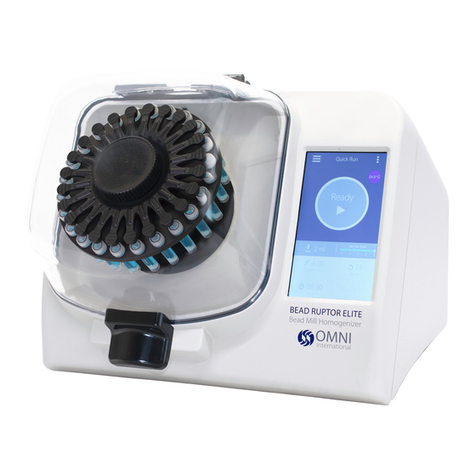
PerkinElmer
PerkinElmer OMNI Bead Ruptor Elite user manual
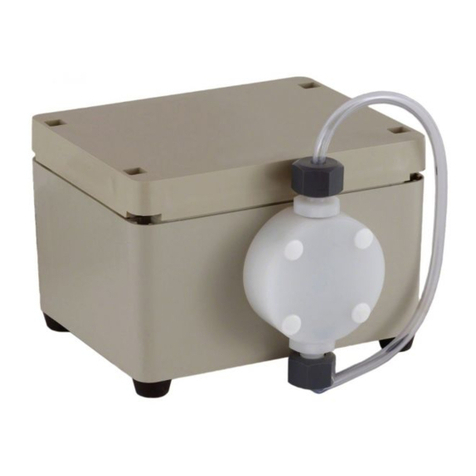
Feelgood
Feelgood mr. steam AromaFlo Installation & operation manual
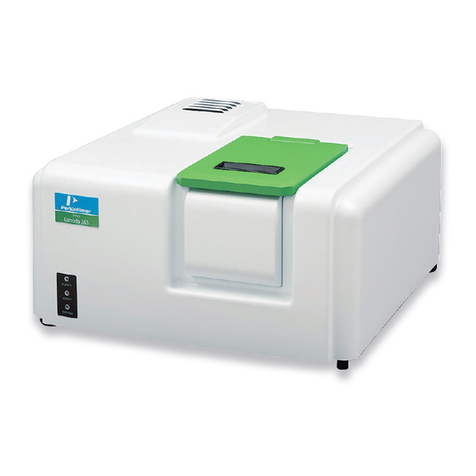
PerkinElmer
PerkinElmer Lambda 365 user guide

Biomeme
Biomeme Franklin user manual
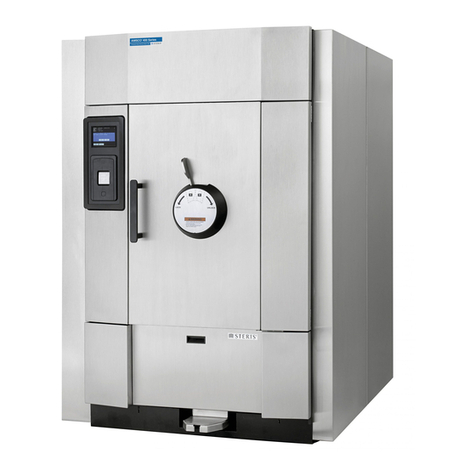
Amsco
Amsco Evolution Series Operator's manual
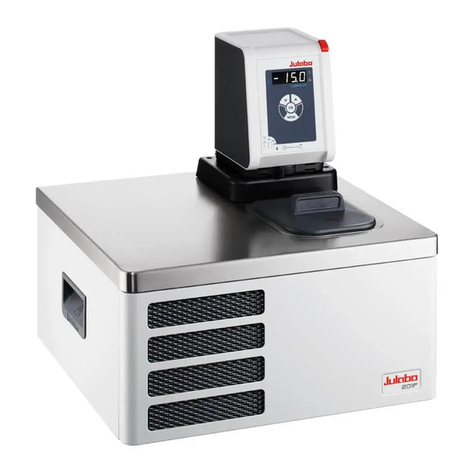
Julabo
Julabo CORIO CP Series operating instructions
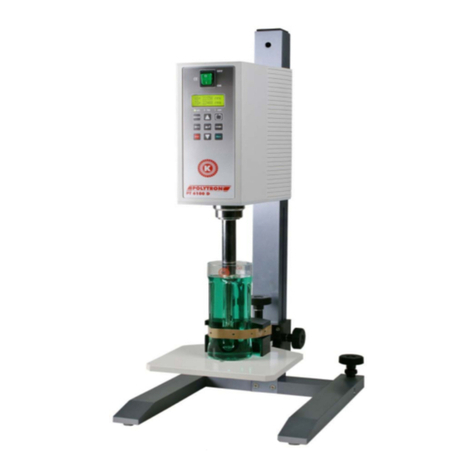
Kinematica
Kinematica POLYTRON PT 6100 D operating manual
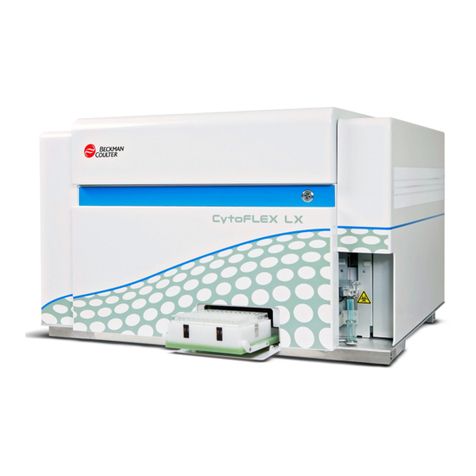
Beckman Coulter
Beckman Coulter CytoFLEX Series Instructions for use
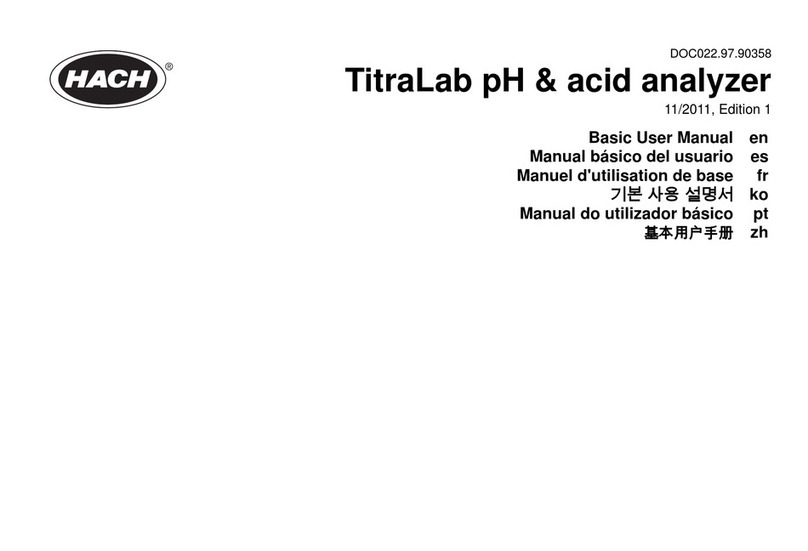
Hach
Hach TitraLab Basic user manual
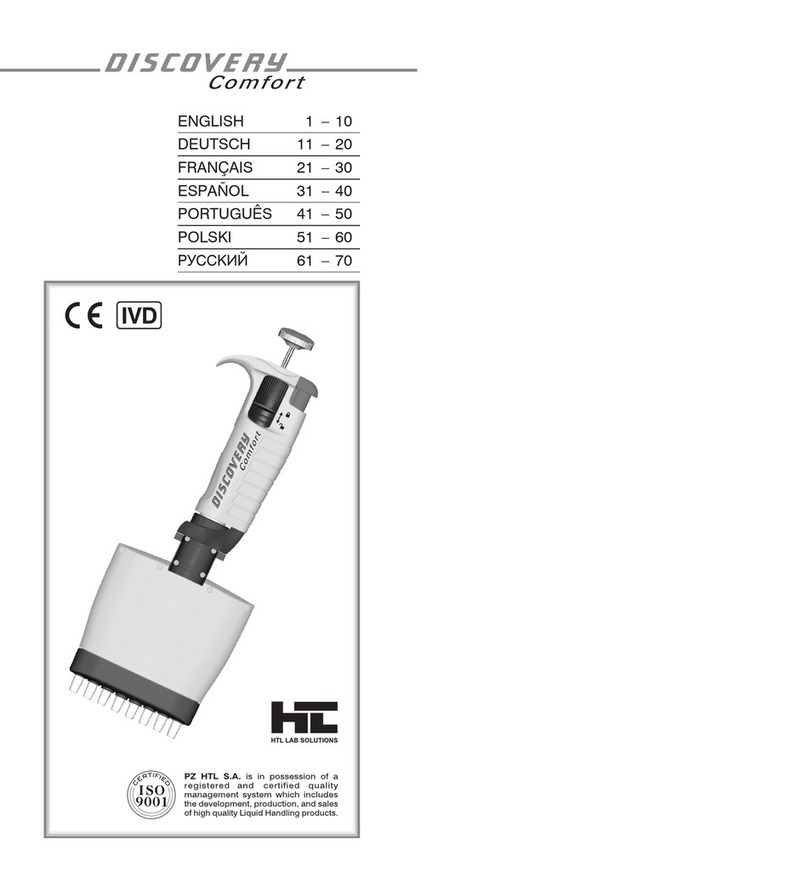
HTL
HTL DISCOVERY Comfort DV8-10 instruction manual
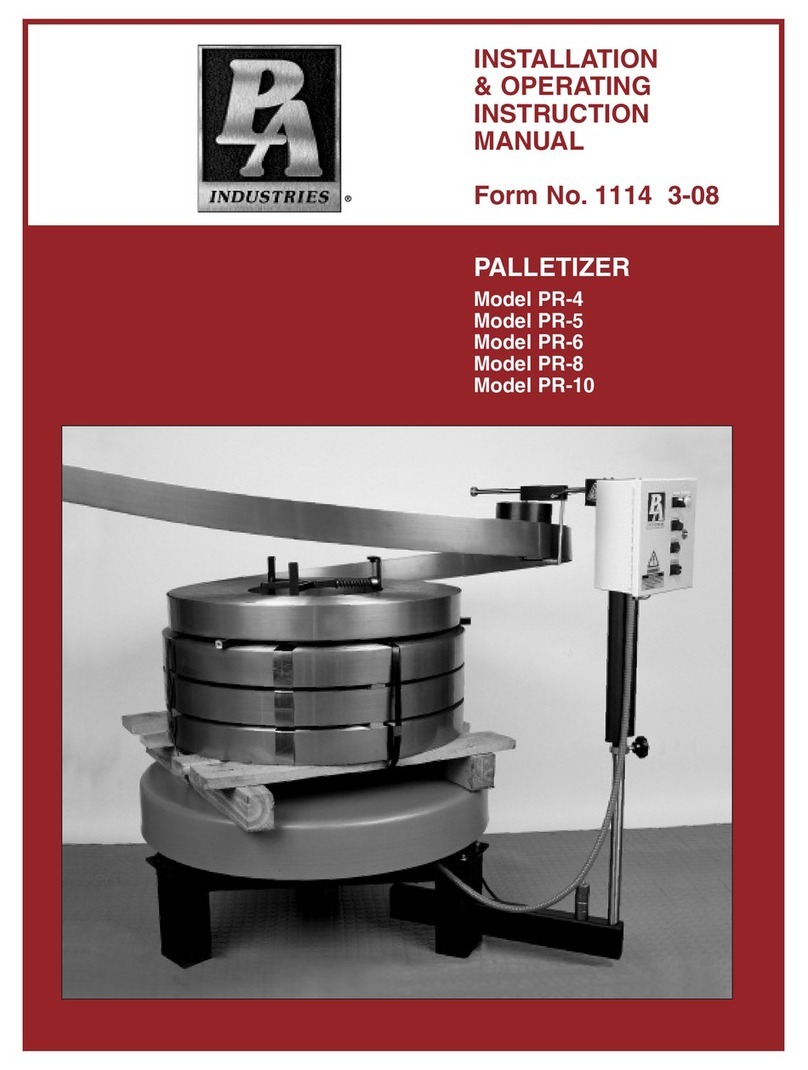
PA
PA PR-4 Installation & operating instruction manual




